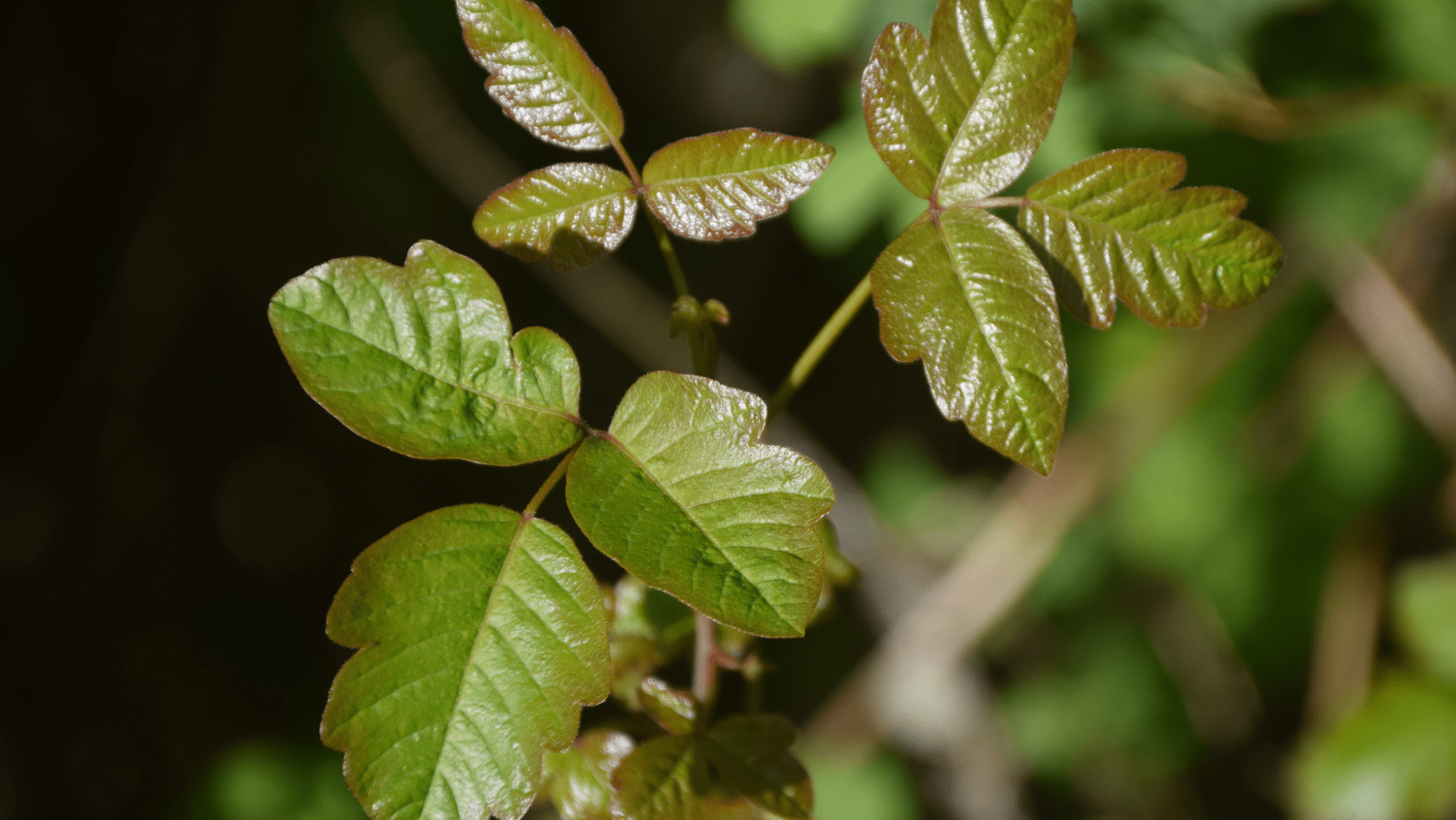
5 Common Poisonous Plants in Tennessee and How to Identify
During Tennessee’s summer months, vegetation can get pretty thick. You’re almost sure to get bit! No, we aren’t talking about by a rattlesnake, we’re talking about getting whipped by a poisonous vine that is native to the state.
If you’re gardening, clearing some yard space, tending to the cattle, or taking a hike to a waterfall, you will want to know about and be able to identify these common poisonous plants in Tennessee.
Common Poisonous Plants in Tennessee

1. Poison Ivy
Poison ivy is a vine or shrub that typically has three leaflets, hence the saying “Leaves of three, let them be.” The leaves are shiny, with smooth or slightly serrated edges. In Tennessee, poison ivy is prevalent in wooded areas, along trails, and in open fields.
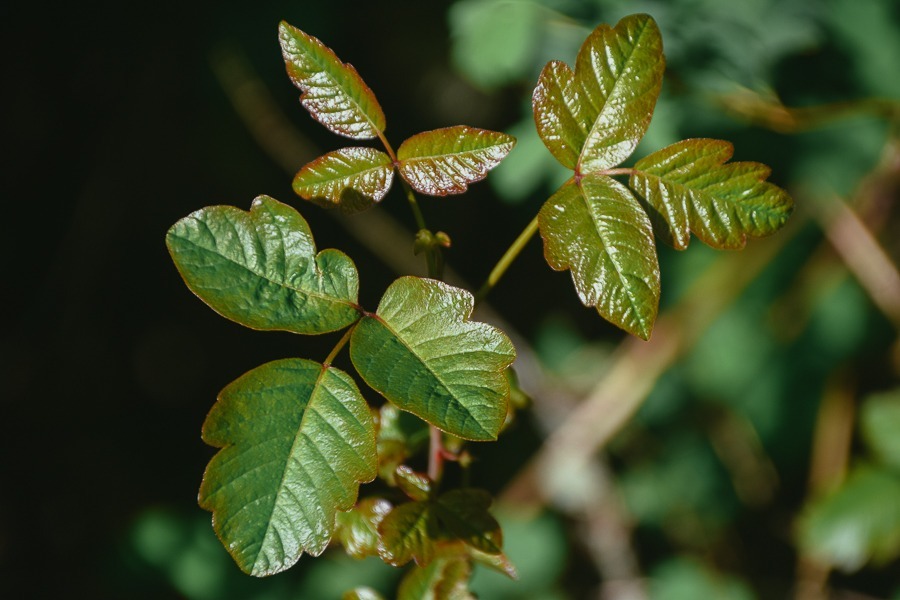
2. Poison Oak
Poison oak resembles poison ivy and also has three leaflets, but the edges of the leaves are usually more lobed and resemble oak leaves. It can grow as a shrub or as a vine. Poison oak is found in wooded areas and along trails in Tennessee.

3. Poison Sumac
Poison sumac is a tall shrub or small tree that grows in wet areas such as swamps and bogs. It has compound leaves with 7 to 13 leaflets arranged in pairs, and the leaves have smooth edges. Unlike poison ivy and poison oak, poison sumac has leaflets arranged in a pinnate pattern.
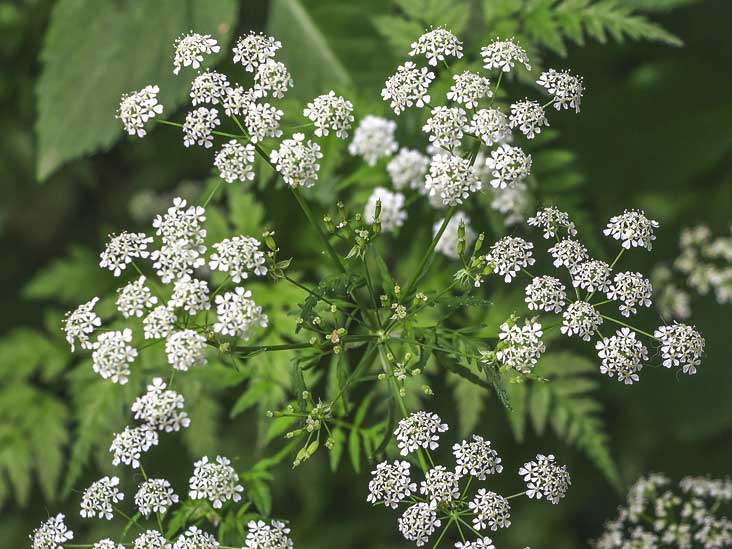
4. Water Hemlock
Incredibly poisonous water hemlock produces umbrella-shaped clusters of small white flowers on its hollow, speckled stems. This toxic plant can grow up to 6 feet tall and thrives in wet soil along ditches, marshes, streams, and rivers.
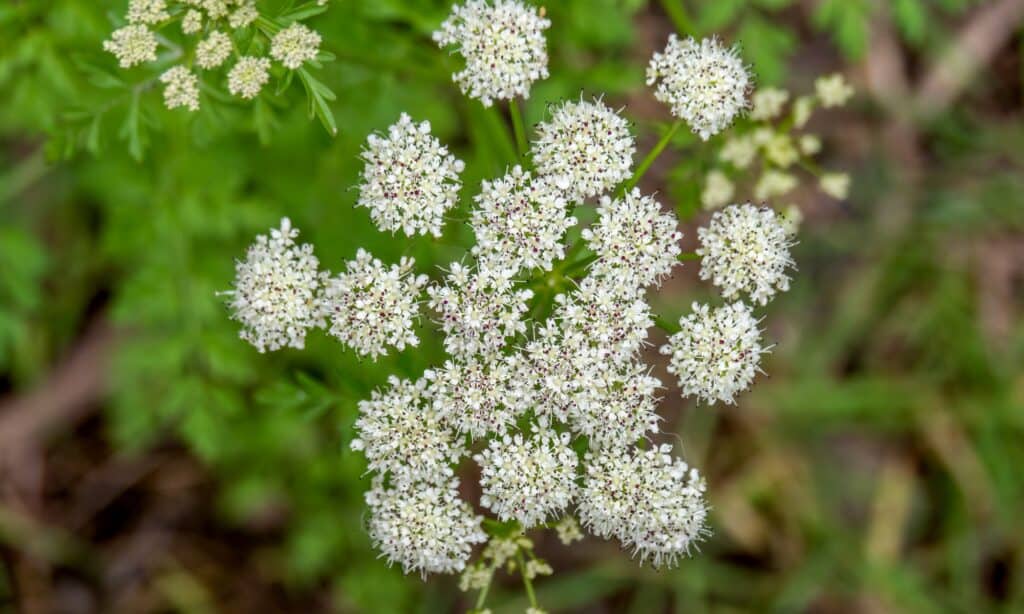
5. Poison Hemlock
It’s important to note that poison hemlock bears a resemblance to other non-toxic plants, such as wild carrots and Queen Anne’s lace, but its distinguishing features, such as the smooth hollow stem with purple spots and finely divided, fern-like leaves, can help differentiate it.
Tennessee’s great outdoors are a sight to behold. Stay safe out there by wearing protective clothing like longer socks when hiking and gardening gloves when planting.
Receive the Latest Issue


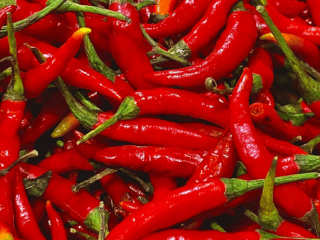


Leave a Reply